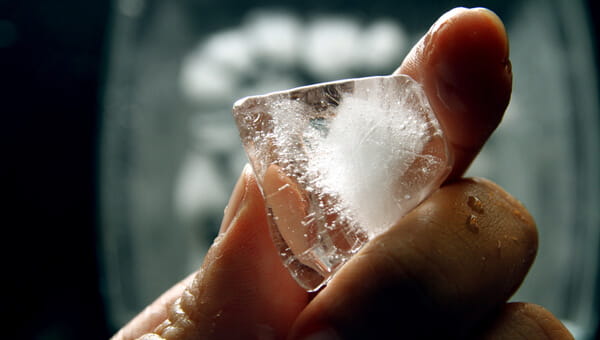The car seat snaps into the seat anchor, the shoulder strap clicks into the chest buckle or something like that. Car seats are one of parents’ most important safety tools to get kids from point A to point B.
What to Look For
According to the American Academy of Pediatrics (AAP), there are four types of seats available: rear-facing-only, convertible, 3-in-1 and booster seats. When children have reached the proper height and weight requirements set by the manufacturer, then parents can turn them around or upgrade them to the next available safety seat. As of August 2018, the AAP recommended that all children should ride rear facing as long as possible, until they reach the highest weight or height allowed by their seat.
Who Can Ride This Ride
Rear-facing-only seats are used for infants up to 22-35 pounds. Convertible seats can be used as rear facing and convert to forward facing once the child has met manufacturer height and weight requirements (up to 40-50 pounds). These seats may be bulkier than a rear-facing-only seat and may have higher limits for height and weight. A 3-in-1 seat can perform as the previous two car seats, or as a belt-positioning booster. These seats are typically bigger, may not fit into all vehicles and don’t usually have a carrying handle. Both convertible and 3-in-1 seats may be ideal for bigger babies. Booster seats are for children that have outgrown their harnessed car seat by weight and height but are not ready for an adult seat belt. Booster seats should be used until the seatbelt fits the child like it fits an adult, over the hardest parts of the body, the shoulder and the hips, typically age 8-12.
The safest place for a car seat is in the back, middle seat, unless it can’t be buckled in properly. The harness should always be snug and the chest clip should rest across the child’s breast bone. Make sure to remove heavy jackets or blankets to make sure the harness belts are as close as possible to the child’s skin. You shouldn’t be able to pinch any slack between your fingers.
When to Turn Them
One common concern for parents with children in a rear-facing car seat is when their child’s legs start to hit the back seat. At this age, they’re able to bend their legs in order to be more comfortable. According to the AAP, injuries to the legs in the event of an accident are rare.
Pediatricians recommend that babies aren’t turned to forward facing until they’ve exceeded the height or weight for that car seat. Read the car seat labels generally located on the side of the car seat. Don’t boost too soon, when switching from a forward-facing seat to a booster seat. Children should use their car seat until the upper weight and height limits are met on that specific car seat label. Your child is ready to use a standard safety belt when they’re able to sit, without slouching, with their knees bent at the edge of the vehicle seat, with the safety belt resting on his or her shoulder and the lap belt on his or her hips.
Need a Safety Check?
BayCare offers numerous car seat safety inspections with our Nationally Certified Car Seat Technicians at a number of locations throughout Tampa Bay. Visit BayCareEvents.org to find an event near you.



